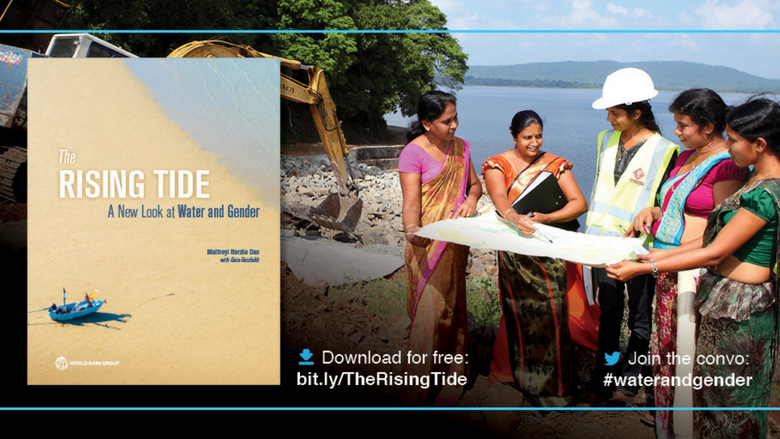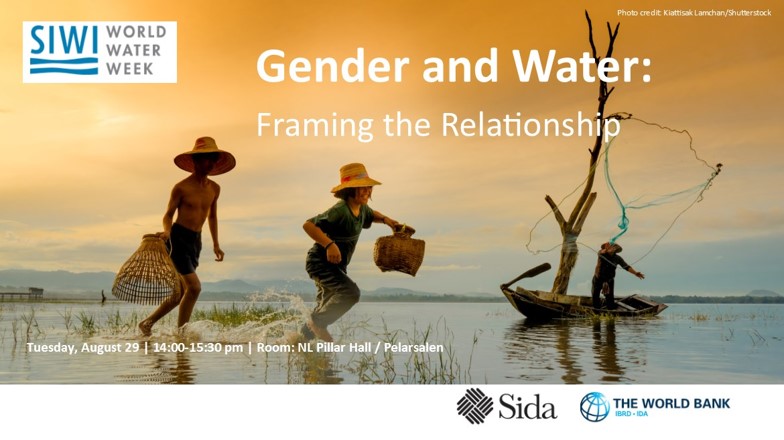A rising tide of social, economic and technological progress has provided the world with immense new opportunities. This proverbial tide has raised many boats, but has left others behind. Individuals and groups who belong to certain ethnicities, religions, tribes, castes, races, disability statuses, locations, or sexual minorities have not been lifted.
That’s why a new World Bank report “The Rising Tide: A New Look at Water and Gender” provides a fresh look at the relationship between water and gender. As Senior Director of the World Bank Water Global Practice Guangzhe Chen says: “We believe this report will help those who want to advance social inclusion in water, close gender gaps, and lift those who all too often are left behind or left out. “
For the World Bank, water and gender equality is a vital issue. The Sustainable Developments Goals provide both an ambitious mandate and ambitious targets. A new World Bank Gender Strategy raises the bar for our own work. And the World Bank Water Global Practice have recently launched a new partnership for water security and sanitation.
The Rising Tide builds on a previous World Bank report on social inclusion and tells us that water is an asset, a service, and a space. That’s because water has distinct economic as well as noneconomic and nonmonetary values. Some values are spiritual or social and the underlying norms and practices that play out are often deeply gendered. Informal institutions, taboos, rituals, and norms all play a part in cementing the status quo.
The Rising Tide shows how water often reflects, and even reinforces, gender inequality. As the foreword of the report explains: “(The report shows us that) water is an arena where gender relations play out in ways that often mirror inequalities between the sexes. And it examines how norms and practices related to water often exacerbate ingrained gender and other hierarchies.”


